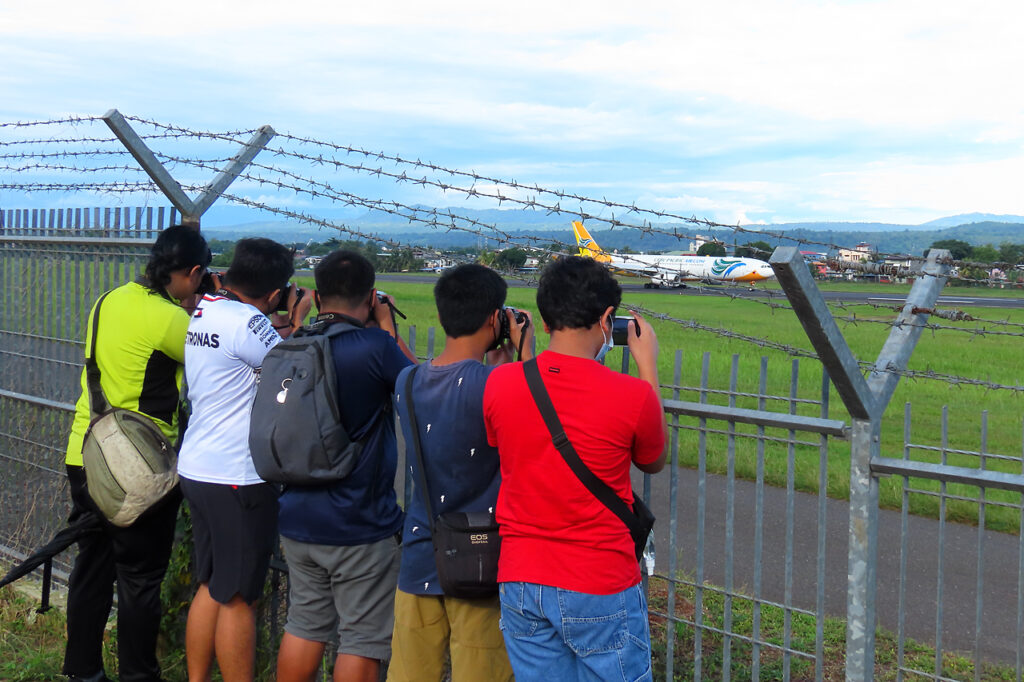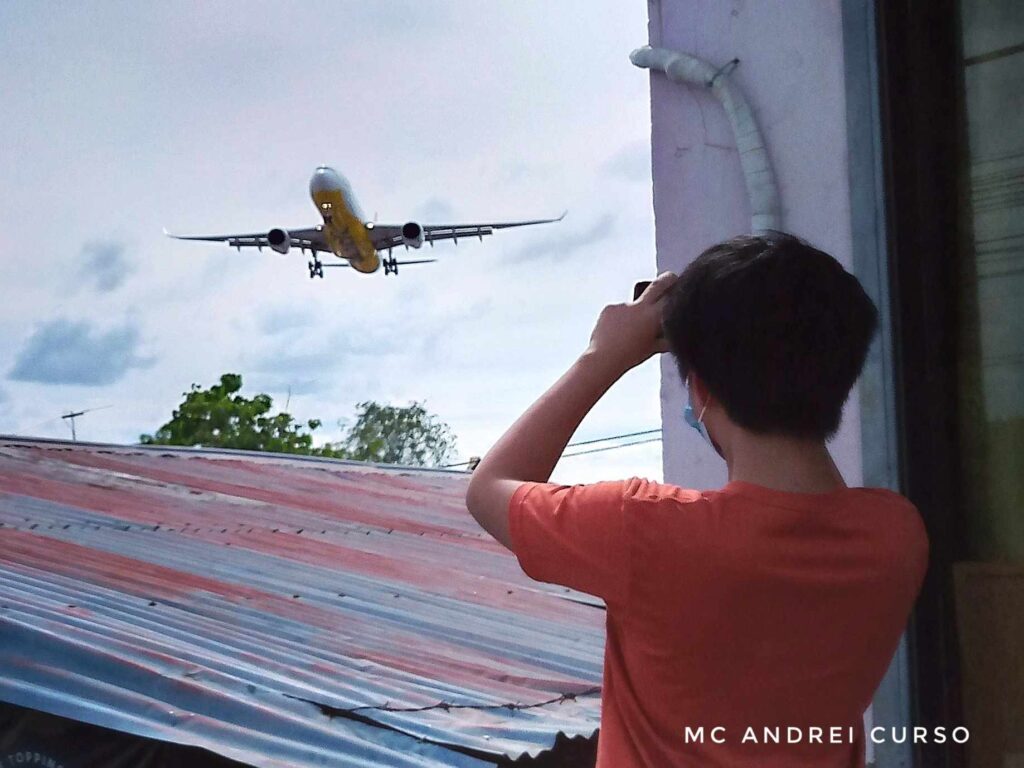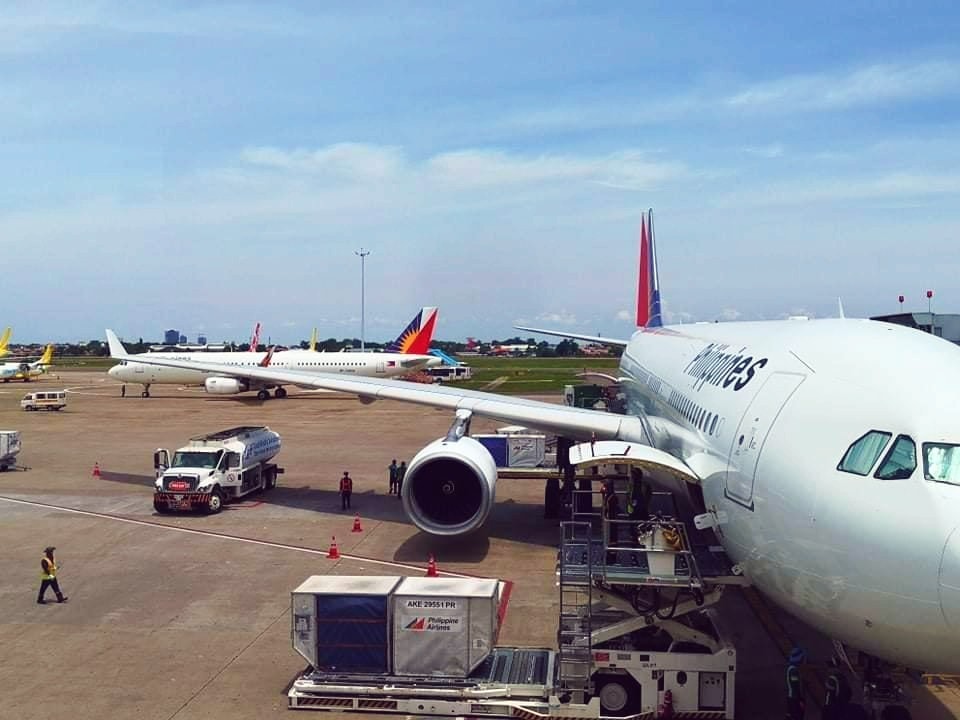In the Philippines, a niche hobby is gaining altitude among aviation enthusiasts: planespotting. This pastime, which involves photographing and documenting aircraft, is transforming from an obscure activity into a recognized form of aviation art.
Planespotters are enthusiasts who take photos of civilian and military aircraft flying or on the ground. Because of this hobby, more people are interested in photography and aviation, with some eventually pursuing careers in the industry.
In our country, there were known planespotters before the digital age. They used digital cameras to capture some of the historic flights, legendary aircraft, and airlines that have already left the Philippine market. Without modern software or real-time flight information, these pioneers relied on patience and keen observation to get their shots.
As digital technology advanced, so did the hobby. Planespotting expanded beyond Manila to regional airports, showcasing diverse aircraft types and airlines across the country. Later on, the hobby became not just about photos but also capturing videos, as digital cameras became mainstream. This enabled the spotters to preserve fleeting moments of aviation history—inaugural flights, aircraft deliveries, and much more.

Social media has revolutionized the planespotting community. What were once private collections stored on hard drives or in photo albums are now shared globally. This also led to the formation of communities and groups where planespotters can share and talk about their interest. Since the hobby is a bit unpopular, word of mouth and just sheer curiosity inspired more people from all walks of life.
Aspiring planespotters don’t need expensive equipment to start. You can begin with basic cameras, even if you don’t own a DSLR. This is how most planespotters start, whether locally or abroad. Over time, as they learn more about photography and aircraft, they upgrade to DSLR cameras.
In other countries, they have built dedicated spotting decks and places where planespotters can stay and take a quick snap. These areas are often near the runway or in the terminal building itself, where they can capture nice and unique angles of different aircraft and airlines operating at the airport. Those facilities can also attract tourists, especially planespotters from different countries who are interested in capturing PH-based airlines that are rare or not seen in their country.

While some countries have built dedicated spotting facilities near runways or in terminal buildings, the Philippines lacks such infrastructure. Local enthusiasts often seek out public spaces around airports, such as walkways or vacant lots, to practice their craft.
This unofficial status has led to challenges with airport security. In the past, planespotters faced skepticism and occasional reprimands from authorities unfamiliar with the hobby. Different groups and individuals have tried to have formal discussions with airport authorities to explain the hobby and to present a crystal clear case that it does not affect airport operations at all. However, through dialogue and outreach, airport officials have gradually become more accepting of planespotting activities in unrestricted areas.
The digital age has brought increased recognition from aviation stakeholders. Some airports, like the Manila International Airport Authority, now employ planespotters to create content for their social media accounts. The rise of short-form content has also given birth to planespotting footage that are popular today on social media, especially on TikTok. Airlines and media outlets frequently share planespotters’ work, especially images of new aircraft arrivals or noteworthy events.

Planespotting has become a new type of media, an avenue for aviation geeks and ordinary people to witness the beauty of aviation through the work of planespotters. It also serves as a tool for promoting tourism and showcasing the Philippines’ aviation sector.
Recent developments suggest a brighter future for the hobby. Cebu Pacific, a major Philippine airline, now considers planespotters as external stakeholders. The Manila International Airport Authority has officially stated that planespotting is permitted, and in Davao, the local airport management recognized the existence of planespotters, even conducting safety orientations for them.
As recognition grows, planespotters hope for further developments, such as designated viewing areas at major airports. For many, panespotting is not just a mere hobby—it’s a passion, a powerful tool in communication, and an inspiration for young aviation geeks to continue exploring aviation and its wonders.

























Leave a comment